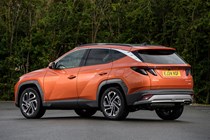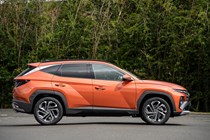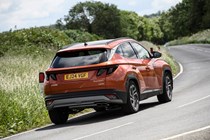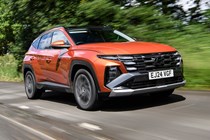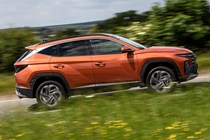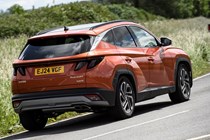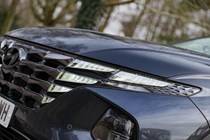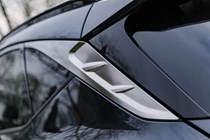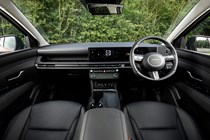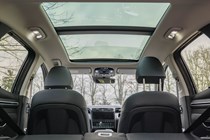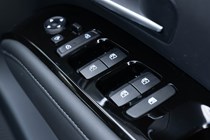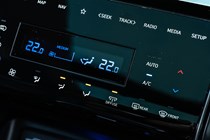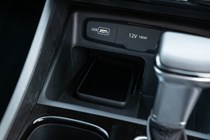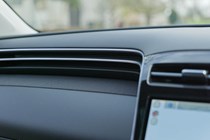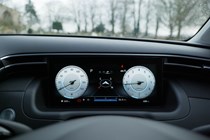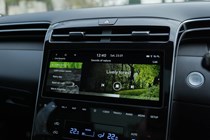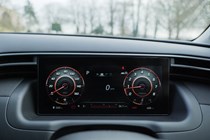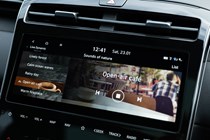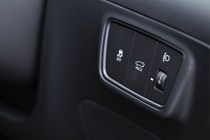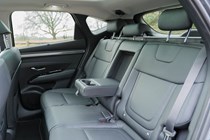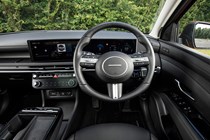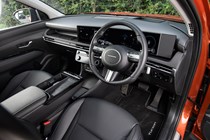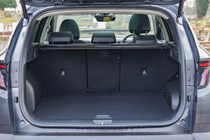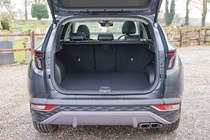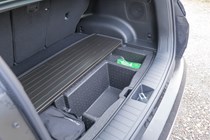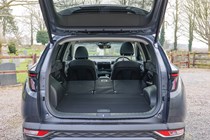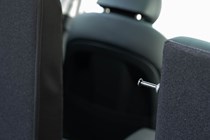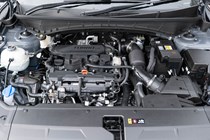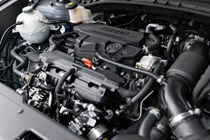
Hyundai Tucson running costs and reliability
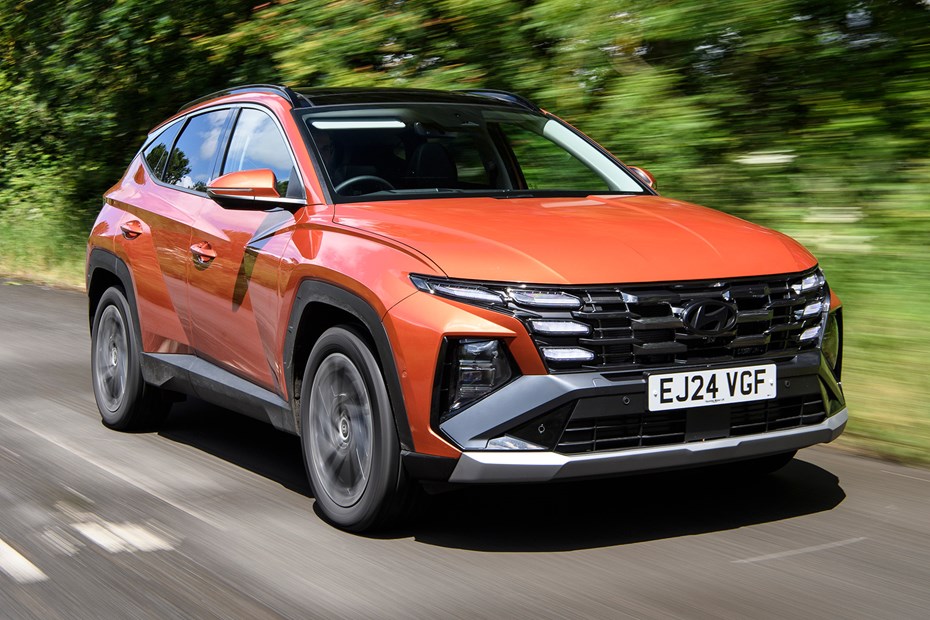
Miles per pound (mpp) ⓘ
| Petrol engines | 5.8 - 6.6 mpp |
|---|---|
| Hybrid petrol engines | 6.3 - 7.4 mpp |
| Plug-in hybrid petrol engines * | 5.7 mpp |
Fuel economy ⓘ
| Petrol engines | 39.8 - 44.8 mpg |
|---|---|
| Hybrid petrol engines | 42.8 - 50.4 mpg |
| Plug-in hybrid petrol engines * | 39 mpg |
- Plug-in hybrid has potential
- Self-charging hybrid can be thirsty
- Hybrids make for low CO2
What are the running costs?
Hyundai offers the Tucson with a wide range of petrol engines. All but the entry-level one have some form of electrical assistance – either mild, self-charging, or plug-in hybrid, and these boost economy and performance to partially make up for the lack of an efficient diesel.
The more electrical assistance the Tucson has, the better fuel economy it will return. The real champion is the plug-in hybrid model, with an official mpg figure in the hundreds. Of course, this comes with the usual caveat of any plug-in hybrid – it needs plugging in to make the most of its electrical assistance.
Charge the Tucson up regularly and stay within its all-electric range and you may barely need to touch the petrol engine. Conversely, perform regular long trips with a dead battery and fuel economy will tumble. The Tucson PHEV has an official all-electric range of up to 31 miles, which is a little below average for the class – a Peugeot 3008 Hybrid returns up to 36 miles, a Ford Kuga Plug-in Hybrid 35 miles.
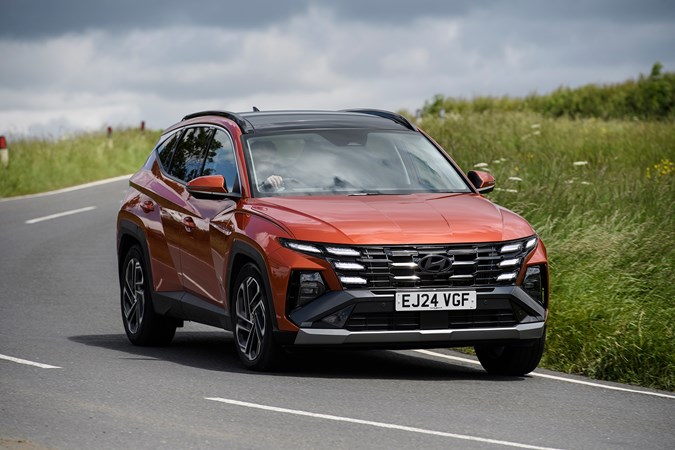
For those who don’t have anywhere to plug in, the Tucson self-charging hybrid might be a better bet, but there’s a bit of a caveat. Although it’s acceptably economical around town, get it on to the motorway, and you’ll be struggling to beat 35mpg. Combine that with the small fuel tank and you’ll be stopping quite often – something that might irritate those who are stepping out of diesels.
Servicing and warranty
One constant attraction of buying a new Hyundai is the benefit of the company’s five-year, unlimited-mileage warranty. While sister firm Kia betters this by two years, there’s a 100,000-mile limit on its cars. So if you cover more than 20,000 miles a year, then Hyundai’s cover will be the more attractive option.
As with many rival companies, Hyundai offers service plans that are tailored to suit your needs. These can be paid for up front, or in instalments (even as part of a finance package), and the company has a portal on its website where you can configure a service plan for your car.
Reliability
- Technology shared with many Hyundais and Kias
- Five-year warranty no longer at the cutting edge
- Previous Tucson was dependable
Having been launched in 2021, this Tucson is still a bit too new to make any real judgements about its reliability, although we’re hearing no gripes via owners reviews. Hyundai has a strong reputation, and the previous-generation Tucson lasted five years with only one recall – for a faulty bonnet latch.
Hyundai is confident in the quality of its products, backing them up with a five-year, unlimited-mileage warranty – that makes them ideal for high-mileage drivers who might blitz through a competitor’s longer but lower mileage warranty before they reach the end.
Ongoing running costs
| Road tax | £195 - £620 |
|---|---|
| Insurance group | 12 - 23 |
Get an insurance quote with

|
|




